When Enjoy TM News received an advance copy of Bob Roth’s Strength in Stillness: The Power of Transcendental Meditation, I couldn’t put it down. It’s a frontline account of what the TM technique is, how it’s helping individuals realize their better, healthier selves, and why leaders are looking to this evidence-based solution for the intractable problems of our time.

Filled with compelling first-person stories—from Roth’s life teaching the Transcendental Meditation® (TM®) technique for 45 years, co-founding the David Lynch FoundationSM (DLF), and bringing TM to 600,000 at-risk youth, veterans, and women, as well as to a remarkable roster of leading artists, doctors, and people of all backgrounds—Strength in Stillness is effortless, profound, and universally accessible. For a preview, read this exclusive excerpt for Enjoy TM News.
Whether you give it to yourself, or to family and friends who’ve been curious about TM, the book is sure to bring insight and inspiration. Learn more or order your copy. Roth is donating 100 percent of the proceeds to helping combat veterans suffering from PTSD.
While crisscrossing the globe, Roth took the time to chat with Enjoy TM News.

Harbour Fraser Hodder: What led you to write this new TM book now? I love the title, by the way—how did you choose it? – – – – – – – – – – – – – – – – – – – – – – – –

Bob Roth: The idea to write the book came from a man I had taught to meditate, Albert Lee, who was a literary agent in New York City. His 20 years of chronic anxiety subsided significantly after just 10 days of meditation. He said I should write a book about TM—about what it is and is not, how it works, what it does, and who is meditating. That was two years ago.
I laughed and said, “Albert, I am too busy!” I was teaching TM full-time and helping to run the David Lynch Foundation, which has programs in 35 countries. Besides, there are already many brilliant books on TM that have been written recently, including those by Dr. Norman Rosenthal and Jack Forem. But Albert was persistent. So I thought maybe it was time for a short, new take on the same eternal message of finding strength in stillness.
“The strength that comes from TM is not based on something external, but rather something internal—the field of silence, or stillness, that lies within everyone. ” —Bob Roth
The title came from a conversation with my publisher, Jon Karp, who heads up Simon & Schuster. We were talking about the main benefits of TM practice, and we agreed that “strength” was a very important one. But the strength that comes from TM is not based on something external, but rather something internal—the field of silence, or stillness, that lies within everyone. The subtitle, The Power of Transcendental Meditation, is how to access that inner stillness.

Strength in Stillness wonderfully introduces the TM technique to those who don’t yet practice, while inspiring those who do. How did you achieve this balancing act?

I am fortunate to have taught thousands of people to meditate, including a few people that a lot of people know, such as Ellen DeGeneres. So I will answer your question with a comment from Ellen when I asked her why she wanted to learn TM.
She said (and I quote her in the book), “I want to maintain permanent connection with the intelligence that runs the universe… and I can’t sleep at night.” She is a funny woman. And also truthful.
Many of us may not desire something as grand as a connection with the universe, but we all want to grow and expand and challenge ourselves. We don’t want to feel like we are stagnant or stuck in life. At the same time, our growth can be restricted by stress, fatigue, anxiety, chronic illness, etc.
In one simple, effortless stroke, the Transcendental Meditation technique gives us access to the source of thought, the field of pure consciousness within, which awakens our unbounded creativity and gives the body deep rest. That deep rest reduces stress and enlivens the executive and creative centers in the brain.
“I want to maintain permanent connection with the intelligence that runs the universe… and I can’t sleep at night.” —Ellen DeGeneres
So to answer your question, in the book I highlight the doctors and researchers and all the benefits that come from regular practice of TM, but I also introduce the reader to a wide range of people—from CEOs and well-known artists to veterans and inner-city school students—who meditate. I think all of this together gives the reader inspiration and confidence that learning the TM technique—and continuing to meditate—is a very good thing to do!

What are the three most important things meditators can do to gain the maximum from their TM practice and develop their full human potential? – – – – – – – – – – – – – – – – – – – – – – – –

1. Meditate regularly. 2. Meditate regularly. 3. Meditate regularly. Seriously! There are 1,440 minutes in a day. It is not unreasonable—in fact, doctors will tell you that it is extraordinarily practical and wise—to schedule your day so that you can have 40 minutes of those 1,440 to take care of yourself in a way that exercise or healthy eating does not. The mind is everything. The brain is everything. It is responsible for every single decision you make in your life. Make your TM practice a priority, and you will never regret it, even for a moment.
“There are 1,440 minutes in a day… schedule your day so that you can have 40 minutes of those 1,440 to take care of yourself… you will never regret it, even for a moment.” —Bob Roth

With all your responsibilities as CEO of DLF—travel, fundraising, teaching, and more—how do you always fit two TM sessions into your jam-packed days? – – – – – – – – – – – – – – – – – – – – – – – –

TM is portable. That is what is so great about it. I meditate on a plane, in the back seat of a taxi, on a park bench, if need be. Now, obviously, I prefer the comfort of my own home or hotel room, but sometimes that doesn’t happen. So I meditate wherever I can.
Maharishi said it best when he said, “If you are traveling, there is always a restaurant to eat at and a bed to sleep in. And,” he added, “there is always a chair where you can meditate.” Eating, sleeping, and meditating are the essentials for successful, enjoyable, and productive work and travels.
“TM is portable. That is what is so great about it. I meditate on a plane, in the back seat of a taxi, on a park bench, if need be.” —Bob Roth

I love the “Meditative Moments” running through the book. Tell us about these and one or two of your favorites. – – – – – – – – – – – – – – – – – – – – – – – – – – – – – – – – – –

I always like it when people are given the time tell their own stories, in their own words. That is the purpose of the “Meditative Moments”— to let the reader hear directly from a Jerry Seinfeld or a Katy Perry or a veteran with PTSD or a teenager who is battling to survive in a gang-infested neighborhood, how TM has transformed their lives. I find their stories very moving, very compelling.
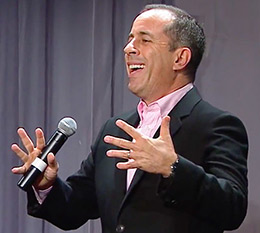
I put all my favorites in the book, so it’s hard to pick just one, but Jerry Seinfeld’s story of discovering the power of adding a second meditation to his daily practice seems to resonate with lots of people. Jerry had been practicing TM once a day for 40 years, during which time he wrote, directed, produced, and starred in Seinfeld. He thought he was doing just fine.
Then his wife and kids started meditating, and they practiced twice a day. And Jerry thought, “What am I missing?” So he added the second, afternoon meditation to his routine. And now he says he feels completely transformed, with a clarity of thinking and access to energy levels that he has never had before in his life, even as a young man.
“The ‘Meditative Moments’… let the reader hear directly from a Jerry Seinfeld or a Katy Perry or a veteran with PTSD or a teenager who is battling to survive in a gang-infested neighborhood, how TM has transformed their lives.” —Bob Roth

How have you experienced this growing strength in stillness in your own life? You’ve been meditating for 48 years—what does that feel like? (See book excerpt.) – – – – – – – – – – – – – – – – – – – – – – – –

The growth that comes from meditating over time is so natural that it’s very hard to pinpoint any one or two things that have changed. Bottom line for me—and I am sure it is the same for everyone else who has been meditating for many months and years—is I don’t feel my age. I am 67 (67!!), and I literally feel better today—healthier, happier, more resilient—than I have at any point in my life.
I attribute this 100 percent to TM. I am not exaggerating. One hundred percent. And with feeling healthier comes so much more energy, creativity, and focus to do the things you want to do—for yourself, for the people you love, for your work, and for the world.
“I don’t feel my age. I am 67 (67!!), and I literally feel better today—healthier, happier, more resilient—than I have at any point in my life. I attribute this 100 percent to TM.” —Bob Roth

When you started out as a TM teacher 45 years ago, meditation was an unknown concept to many. What has changed since then, and what is the future role of meditation in our culture?

I will tell you a funny story that encapsulates what you’re asking. And I’m going to name drop again here, but forgive me; it’s for a good cause. I received a call from Tom Hanks saying he wanted to learn to meditate. For scheduling purposes, he asked if I could I teach him at his apartment in New York City. I wasn’t traveling and had the time, so I said, “Yes, sure.”
I went to his place dressed as I am often dressed: in slacks and a sport coat but no tie. I rang the door bell, and he answered it and looked surprised, almost shocked, to see me. But he didn’t say anything, and I didn’t say anything. I went on to teach him to meditate at his place, in the usual four-day TM course, and he really enjoyed it.
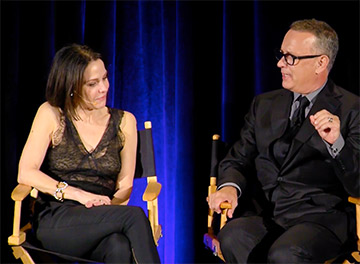
On October 18, 2017, at The Plaza in NYC, Tom Hanks and Mary Louise Parker headlined the David Lynch Foundation’s “Change Begins Within” benefit to bring TM to veterans with PTSD.
After our last session, I asked him about his shocked impression at the door on the first day. He said, “When I knew a meditation teacher was coming to my house, I expected to see someone in yoga pants with his hair tied in a bun on top of his head! I certainly didn’t expect to see you.”
We laughed, and I said, “Well, the public perception of meditation has come a long way, but it still has a ways to go—because if you heard a cardiologist was coming to your place, you would not expect her or him to be wearing yoga pants.”
When I first started meditating, in 1969, you didn’t want to use the word “meditation” in polite company. Okay, that is a bit of an exaggeration, but not completely. There was no research yet to documents its benefits—and just as importantly, there was no real perceived need.
“When I knew a meditation teacher was coming to my house, I expected to see someone in yoga pants with his hair tied in a bun on top of his head! I certainly didn’t expect to see you.” —Tom Hanks
That has all changed, dramatically, today. The need has come to the forefront in business, education, and health care for effective ways to overcome stress and myriad stress-related illnesses, as well as the need for ways to enhance brain functioning, creativity, and intelligence.

Chicago students meditating as part of the David Lynch Foundation “Quiet Time” TM program, in the University of Chicago’s Crime and Education Labs randomized, controlled pilot study on TM to reduce youth violence
So where do you go? To the pharmaceutical industry? Well, yes, for some people there are drugs that can help. But those drugs can come with debilitating side effects, or they just don’t work for everyone. So people are looking elsewhere. And more and more serious-minded people are looking to meditation—and specifically, Transcendental Meditation.
At the same time, meditation has become sort of a fad or a buzzword, so there are zillions of guided meditations and apps online you can download that capitalize on the need and the interest in meditation. But over the next two or three years, I believe the general public will have much more clarity about which of those tools and techniques have some benefit, and which are just riding a trendy wave. The decades of past and current research on the TM technique are having a profound impact on people’s understanding of what works and what doesn’t.
And from what I am seeing now, it won’t be long before the TM technique is offered widely in businesses through employee assistance programs and health insurance policies, at military bases, schools and colleges, prisons, and homeless shelters—everywhere where the need is great to develop the brain and reduce stress and promote health. TM will be mainstream because it works, and it is for everyone.
“It won’t be long before the TM technique is offered widely in businesses through employee assistance programs and health insurance policies, at military bases, schools and colleges, prisons, and homeless shelters.” —Bob Roth

Looking to the future, what are you most hopeful about? And what can you tell us about the new Rona and Jeffrey Abramson Center for Peace in Washington, D.C.?

We are living in a global epidemic of trauma and toxic stress. It undermines physical health and cognitive functioning, fuels crime and poverty, and impedes performance in school and the workplace. Trauma and toxic stress are at the root of so many social ills and political divisions.
Rona and Jeffrey Abramson are two great leaders of the TM organization over the past 40+ years. Their new Abramson Center for Peace on Capitol Hill in Washington is working to bring the research and programs of TM to the leaders in Washington who are genuinely looking for innovative solutions to our national and global problems—solutions that are both practical and evidence-based.

The Center is receiving a very warm welcome. In the search for such solutions, more and more people—on both sides of the aisle—are looking to Transcendental Meditation to address many seemingly intractable social ailments.
So from that vantage point, looking at the research and the receptivity in Washington (and other national capitals), I am very hopeful, very bullish, very confident of a brighter future. And that is not based on wishful thinking but on hard facts.
“Looking at the research and the receptivity in Washington (and other national capitals), I am very hopeful, very bullish, very confident of a brighter future.” —Bob Roth

What more would you like to say to TM meditators around the United States and the world, about Strength in Stillness or anything else? – – – – – – – – – – – – – – – – – – – – – – – –

Again, there are 1,440 minutes in your day. Give yourself the best gift possible—and don’t be shy to share it with others. I firmly believe there is no greater gift. On a regular basis, set aside 40 of those minutes—20 minutes twice a day—to access the stillness that is always within you.
And when you do that, you will consistently be stronger, healthier, happier, and enjoy your life more than you ever thought imaginable. And that isn’t just me saying that. That is based on 40 years of very serious research and the experiences of millions of people all over the world. Thank you for your time!
“Give yourself the best gift possible. On a regular basis, set aside 40 of those minutes—20 minutes twice a day—to access the stillness that is always within you.” —Bob Roth
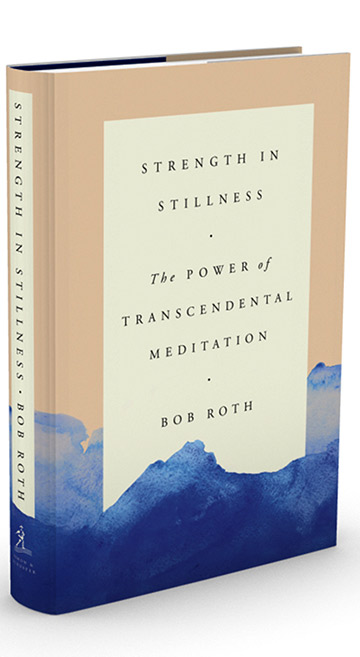
► Order your copy of Strength in Stillness



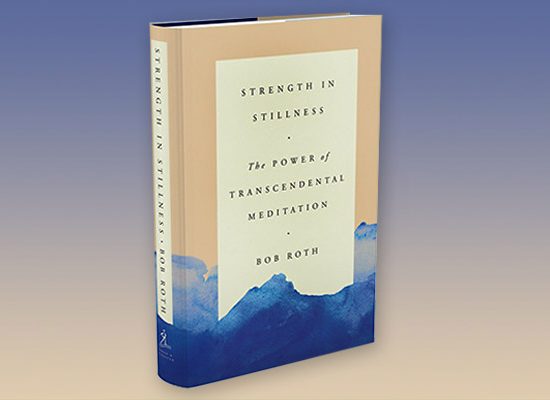
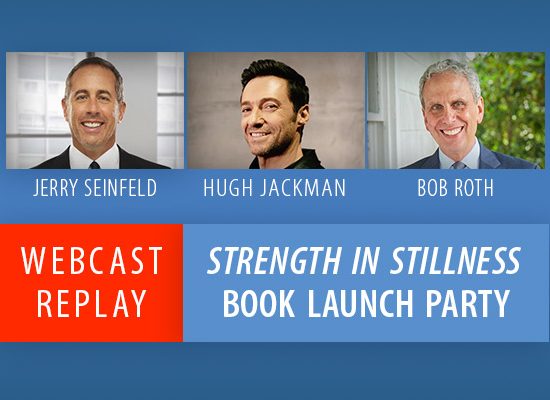
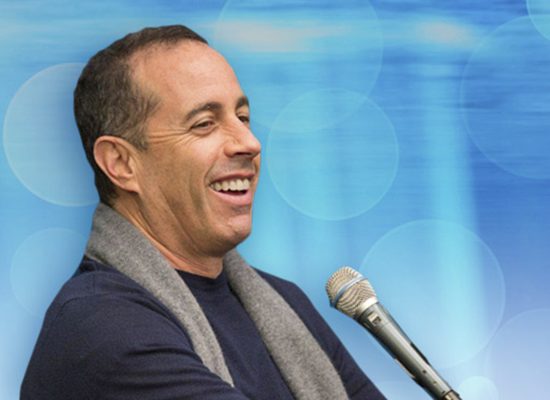

In November, I’ll celebrate 50 years of TM practice and I can’t imagine life without it. Rather like two mini-vacations every day, my world is brighter (it literally enhances your senses) and happier and contented. Stress is not even an issue for me. I am immersed in the deep silence within, 24 hours a day, even as I perform everyday activity. Joy bubbles up in my outlook and reflects back to me in my interactions with people. I attribute all of it to TM.
Bonjour,
J’ai hâte de recevoir Strenght in stillness. Depuis 40 ans, je médite deux fois par jour. La vie est plus agréable et facile de jour en jour. La réalisation des désirs est plus rapide. Chaque jour, je me rapproche du paradis sur terre. Au plaisir, Roger Périgny, Québec, Canada
I love the advice to meditate twice daily and about finding 40 minutes out of 1440. So many times I find myself making excuses but when I get regular with my TM life is smoother. Lousy things still happen – I don’t react in a lousy way and that’s the difference. Thanks Bob Roth & the David Lynch Foundation. Frequent Meditator since 1994.
I love TM. My life has transformed because of it. I am not as emotionally reactive to upsets in life because of it. I am more accepting and can see the bigger picture. I find I have more creativity in my work. I listen and focus better to what people are telling me.